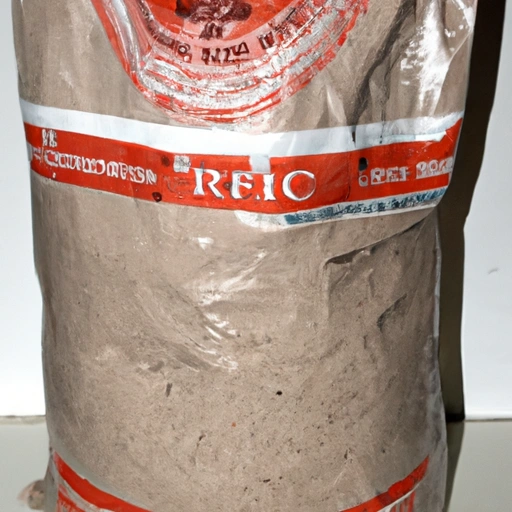Brown Rice Flour
Description

Brown rice flour is a finely ground powder made from whole grain brown rice. It is a wholesome, nutritious alternative to traditional wheat flour that has gained popularity, particularly among those following a gluten-free diet. With its nutty flavor and versatile nature, brown rice flour can be used in a variety of recipes, offering a slightly denser texture and richer taste to baked goods and other dishes. It is well-suited for both sweet and savory applications and is often used as a thickening agent in sauces and soups.
Common uses
Brown rice flour is commonly used as a gluten-free baking ingredient, as a breading or coating for fried foods, and as a thickening agent in sauces and gravies. It is also used as a base for gluten-free pasta and noodles, providing a hearty texture and flavor. Its ability to absorb liquid makes it an excellent binder in recipes like veggie burgers and meatballs.
Nutritional value
Calories
Per 100 grams (3.5 ounces or about 3/4 cup), brown rice flour contains approximately 363 calories.
Protein
Brown rice flour offers around 7.2 grams of protein per 100 grams.
Fat
This flour contains about 2.2 grams of fat per 100 grams, most of which is unsaturated fat.
Carbohydrates
Carbohydrates are present at about 76.2 grams per 100 grams of brown rice flour.
Vitamins
It is a source of B-vitamins, particularly B1 (thiamine) and B3 (niacin).
Minerals
Brown rice flour is rich in minerals like manganese, phosphorus, magnesium, and selenium.
Health benefits
The high fiber content in brown rice flour aids in digestion and can help in maintaining a healthy weight. The presence of whole grain has been linked to a reduced risk of heart disease. Its gluten-free property makes it an excellent choice for people with celiac disease or gluten sensitivity. Moreover, the essential nutrients in the flour contribute to overall health and wellness.
Potential risks
While brown rice flour is generally considered safe for most people, those with rice allergies should avoid it. As with any high-fiber food, excessive consumption may lead to gastrointestinal discomfort. It's also worth noting that brown rice and its derivatives may contain trace amounts of arsenic, so moderation is key.
Common recipes
Brown rice flour is frequently used in gluten-free baked goods like bread, muffins, and cookies. It is also the primary ingredient in rice noodles and is often used to create gluten-free pie crusts and pizza bases.
Cooking methods
This flour can replace all-purpose or whole wheat flour in most recipes, often combined with other gluten-free flours to achieve the desired consistency. It can be used for roux when making gravies and sauces and works well in batters for frying.
Pairing with other ingredients
Brown rice flour pairs well with a variety of flavor profiles, from sweet to savory. It complements cinnamon, vanilla, and cocoa in sweet recipes, while it can enhance the taste of herbs, spices, and cheese in savory dishes.
Summary
Brown rice flour is a healthful, gluten-free flour option that is rich in fiber and essential nutrients. Its versatile nature allows it to be used across countless recipes, offering a wholesome alternative for those seeking to avoid wheat flour. With a historical background rooted in Asian cuisine and a growing presence in global recipes, brown rice flour is a pantry staple for many health-conscious and gluten-sensitive individuals.